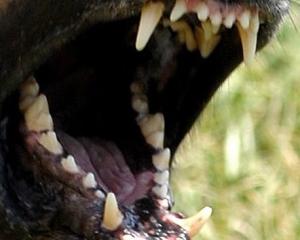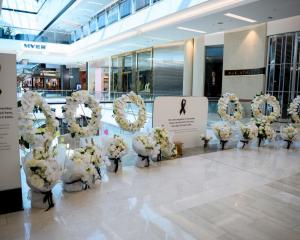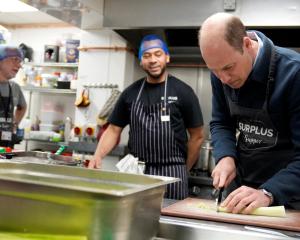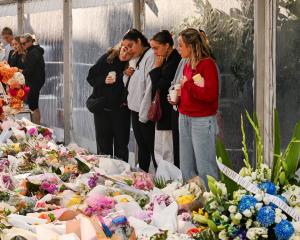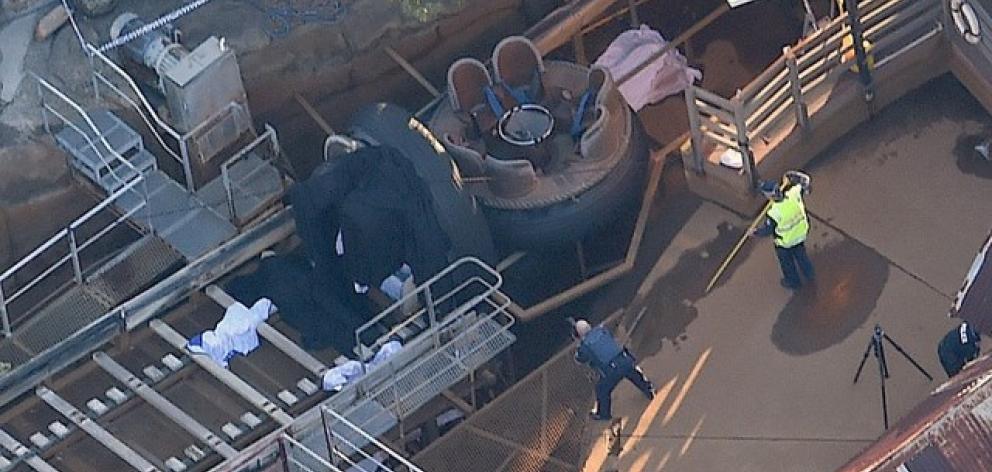
An ageing Dreamworld ride with a history of malfunctions lacked basic safety features which would have prevented the deaths of four people at the Gold Coast theme park in 2016.
An inquest into the deaths of Cindy Low, Kate Goodchild, her brother Luke Dorsett and his partner Roozi Araghi heard on Monday the Thunder River Rapids ride had malfunctioned twice before the incident which killed them.
The four holidaymakers were flung into a mechanised conveyor when the raft they were riding collided with another raft and partially flipped on October 25, 2016.
Ms Goodchild's 12-year-old daughter and Ms Low's 10-year-old son survived the incident.
Detective Sergeant Nicola Brown told a packed Southport Coroner's Court the water pump on the 30-year-old family-friendly ride failed, causing water levels to drop drastically and quickly.
That left an empty raft stranded in the unloading area which the raft carrying the six tourists collided with almost a minute later.
Det Sgt Brown said it was the third time in three hours the pump had failed, with two previous incidents resolved by park staff resetting the pump.
A police investigation uncovered several other dangerous incidents on the ride.
In 2001, several empty rafts collided and some flipped over when a ride operator was distracted talking to guests who were waiting to get onto the attraction.
An email between staff following the incident read "I shudder when I think if there had been guests on the ride", the opening day of the inquest heard.
In 2004, two rafts collided, sending a guest into a water-filled trough. The guest was rescued without injury.
In August 2005, police also discovered three rafts had collided when they went up the conveyor belt at the same time.
Det Sgt Brown said multiple safety recommendations following those incidents were not implemented, including the installation of automatic sensors to detect falling water levels or a simple single total shutdown switch on the main control panel.
She said the main control panel for the ride was confusing and a ride operator at the time of the incident "wasn't sure which button to press" under the stress of the situation.
Forensic crash investigator Senior Constable Steven Cornish said the ride lacked automatic safety features which would have prevented the tragedy.
He dismissed a suggestion the accident had been an unforeseeable chain of events despite police being unable to recreate the exact scenario in more than 20 tests of the ride.
"The potential for that to happen was always there," Snr Cnst Cornish said.
The inquest heard a memo sent to Dreamworld staff days before the tragedy warned an emergency stop button near the unloading dock of the ride wasn't to be pushed unless in certain circumstances.
Barrister Steven Whybrow, representing Ms Goodchild and Mr Dorsett, said the ride operator at the unloading dock hadn't been aware of the function of the emergency button and other staff had told her "not to worry about that button, no one uses it".
Snr Cnst Cornish said if the button had been pressed at any time from the pump failing until the rafts had come into contact, the accident would not have happened.
Several family members of the victims were in the gallery including Ms Goodchild's father and mother, her husband Dave Turner and Ms Low's husband Matthew.
The inquest will resume on Tuesday.






